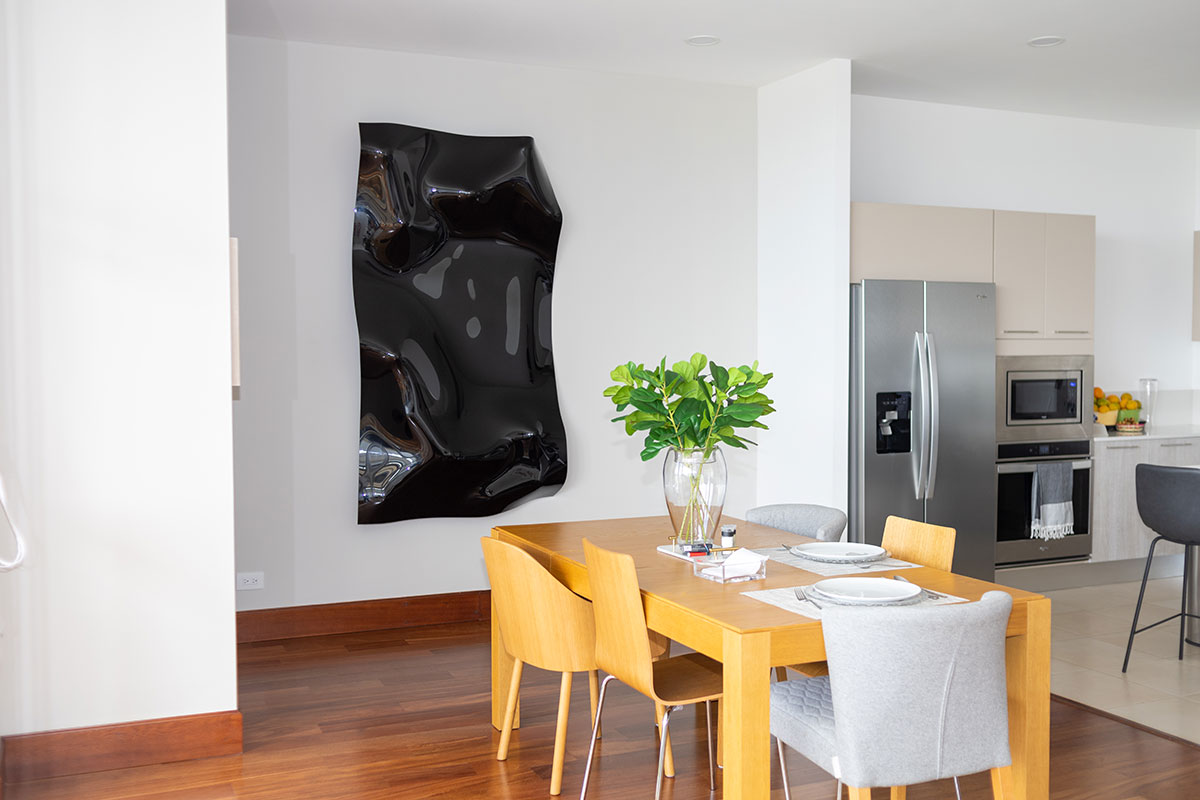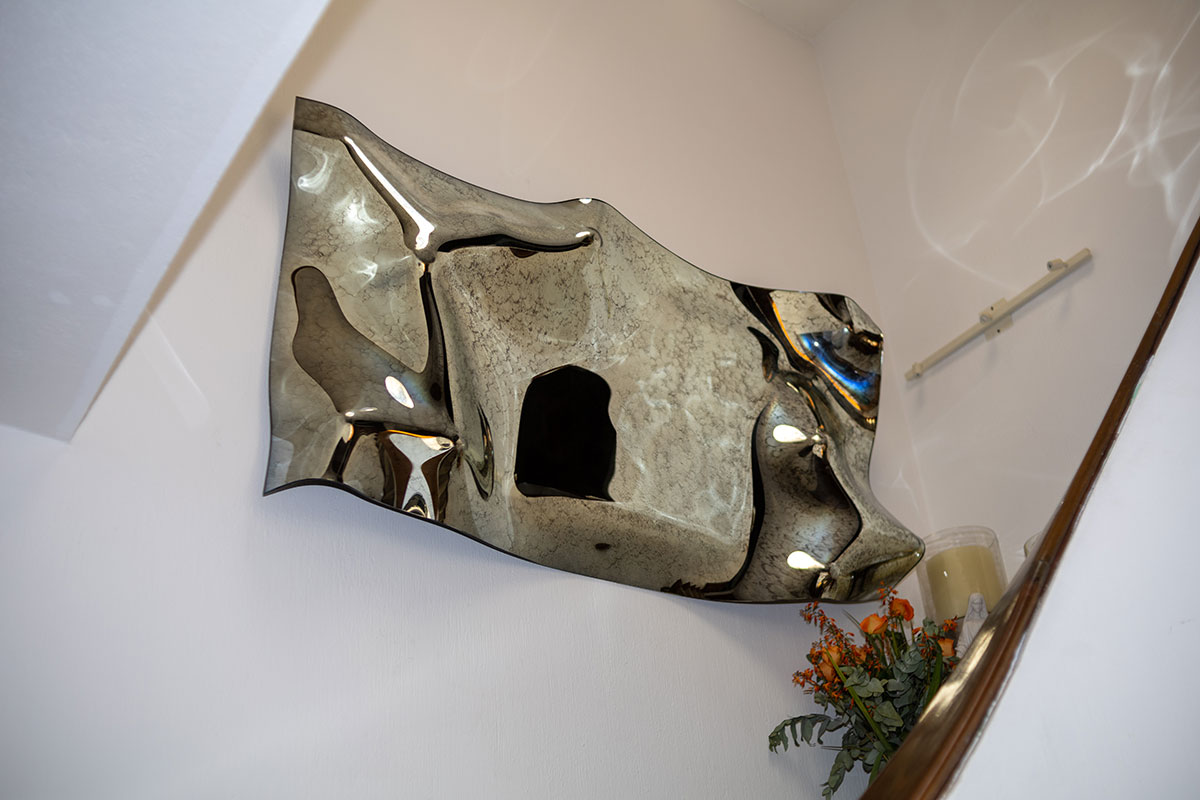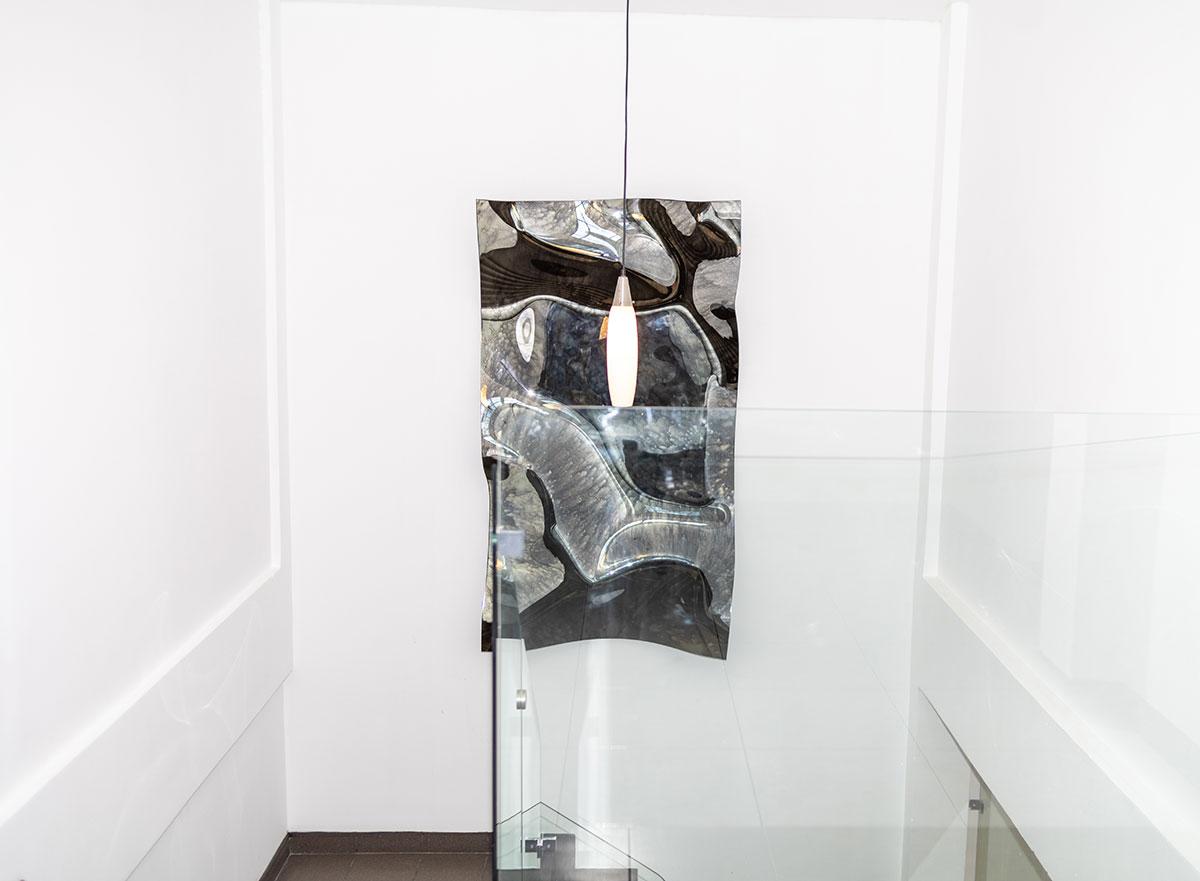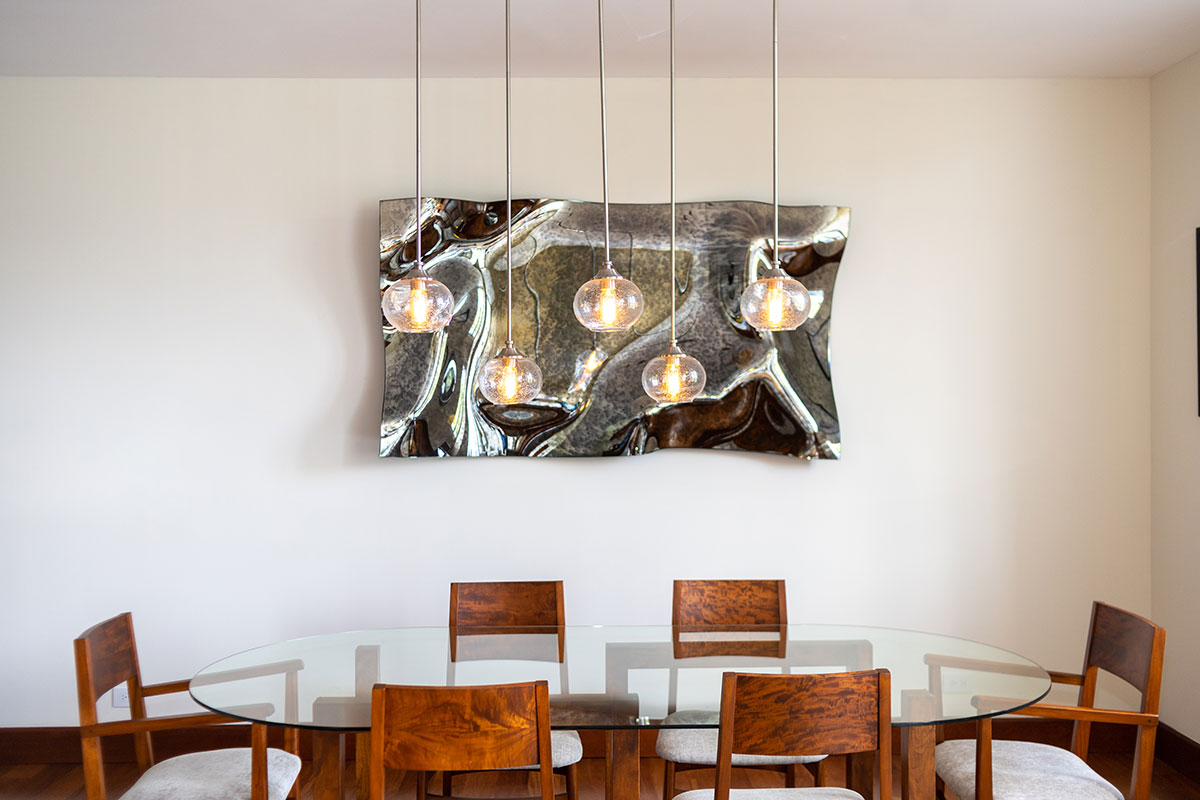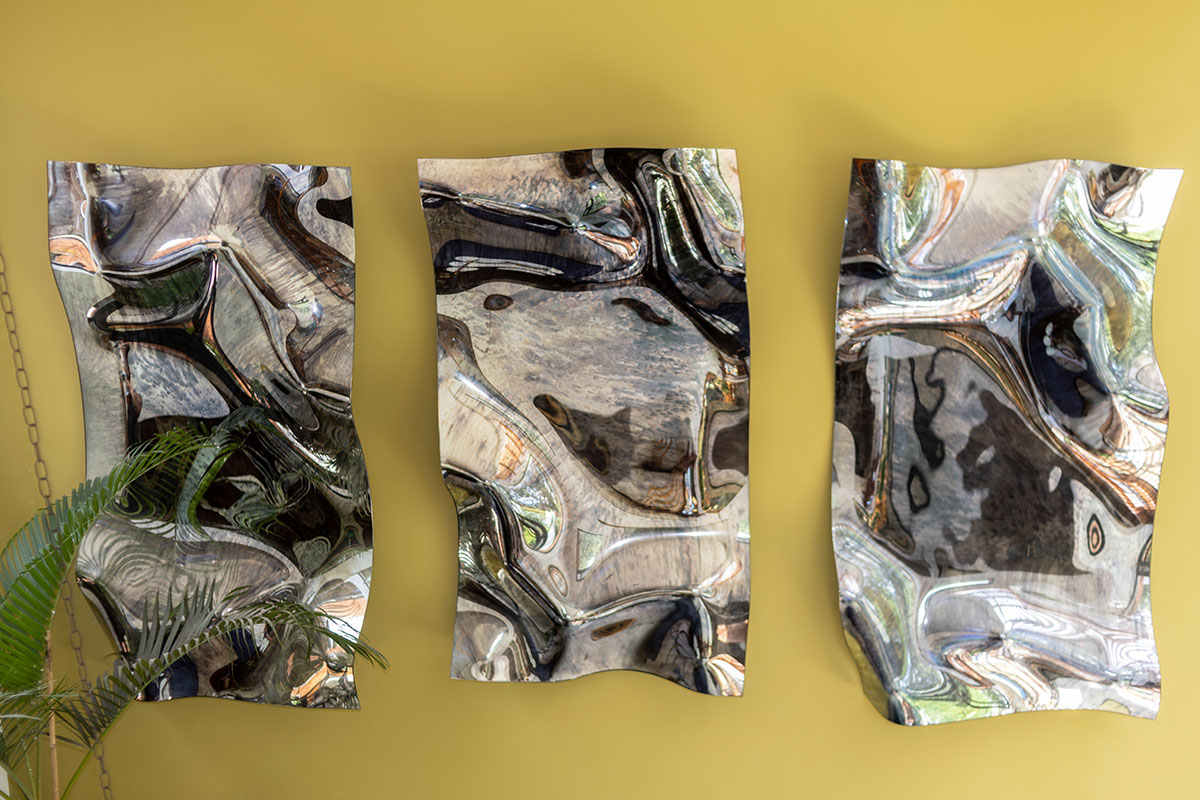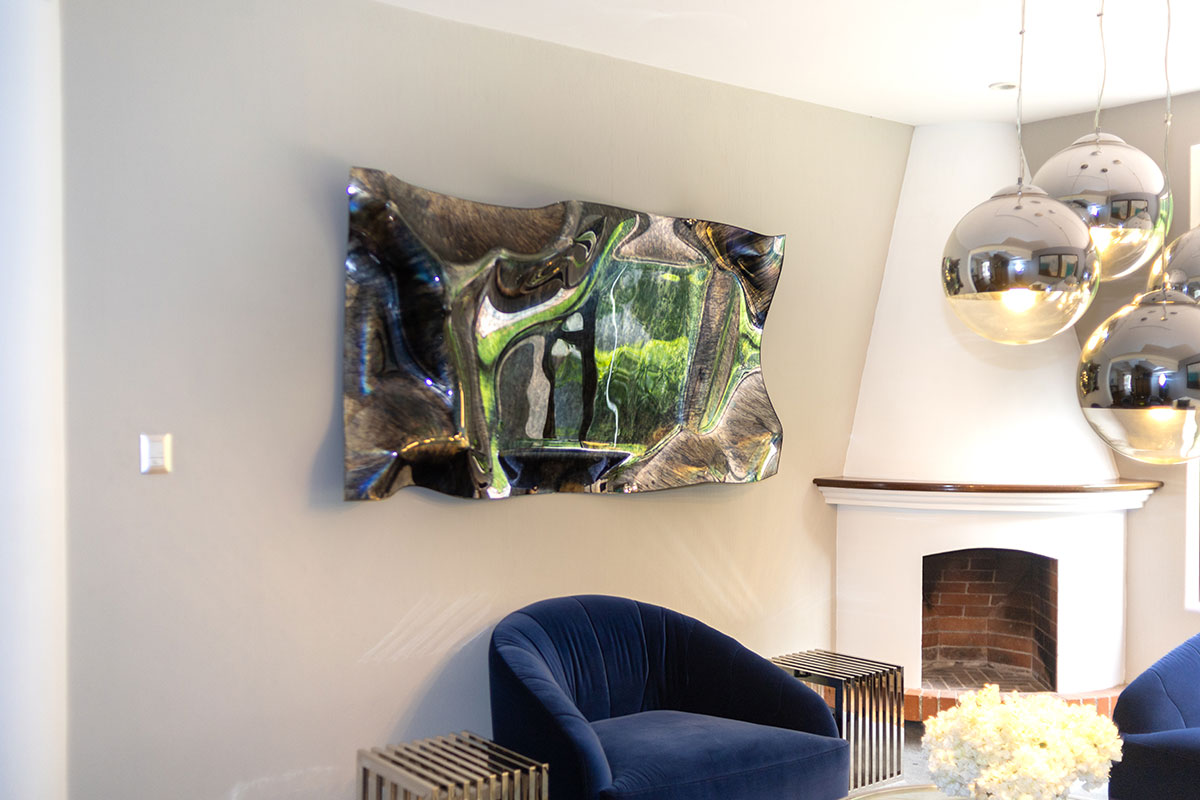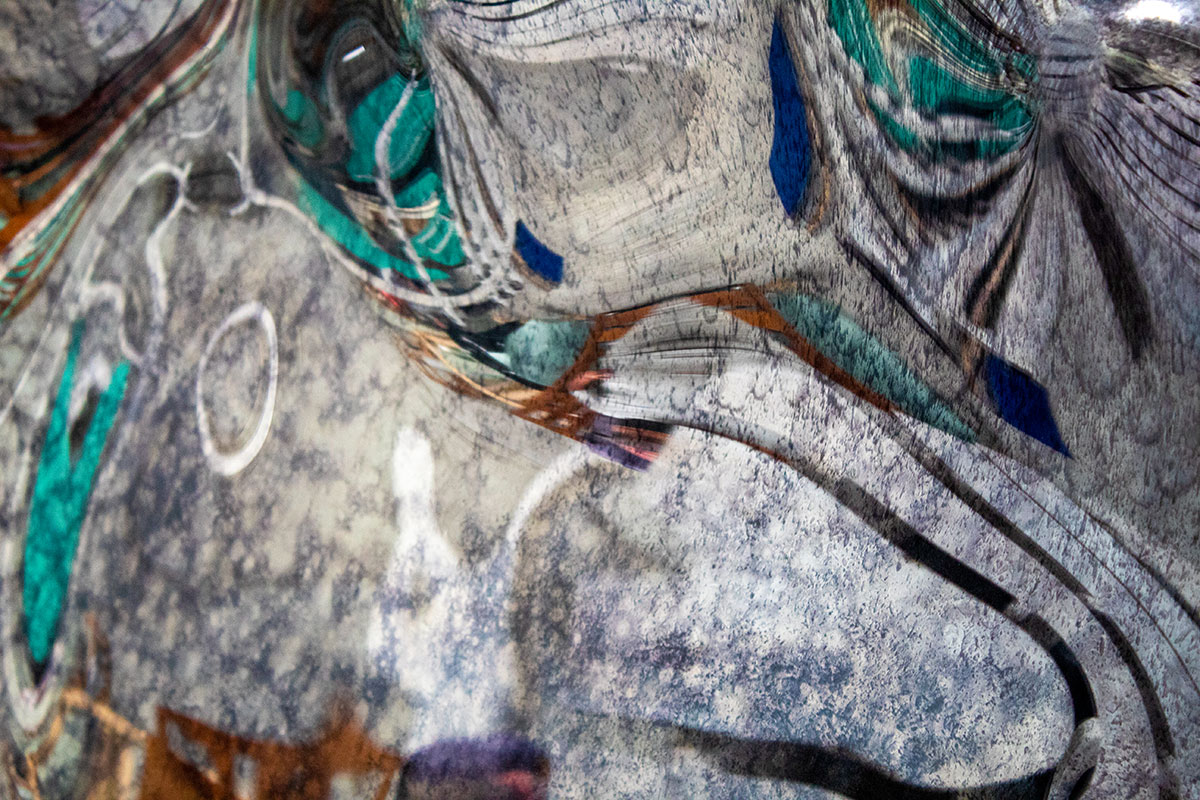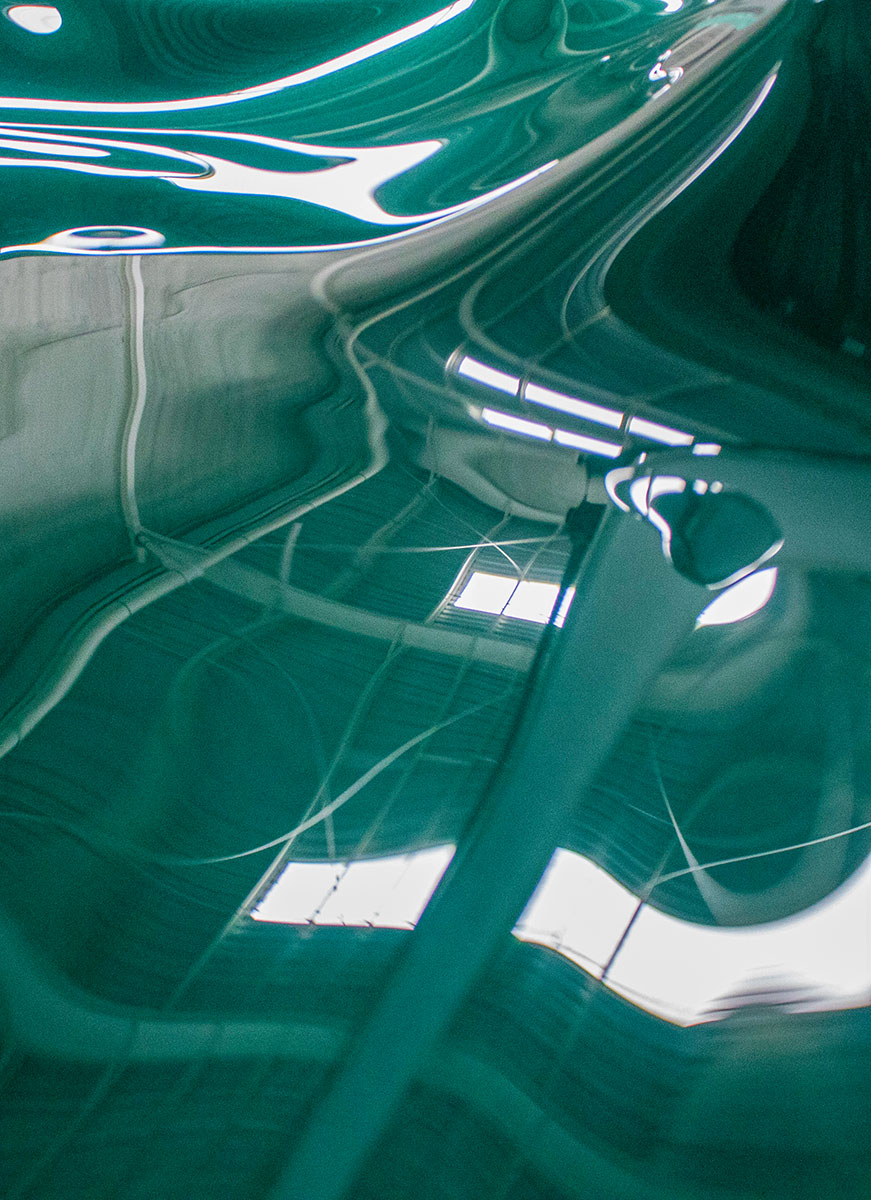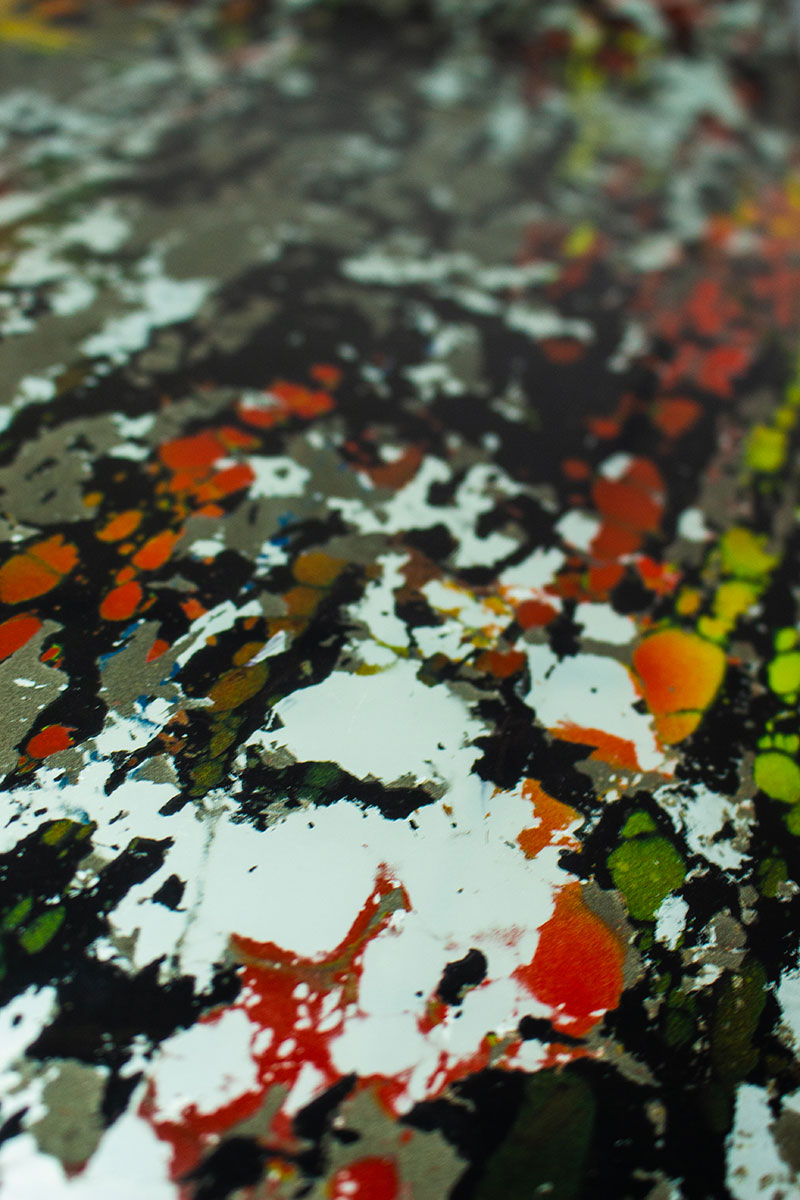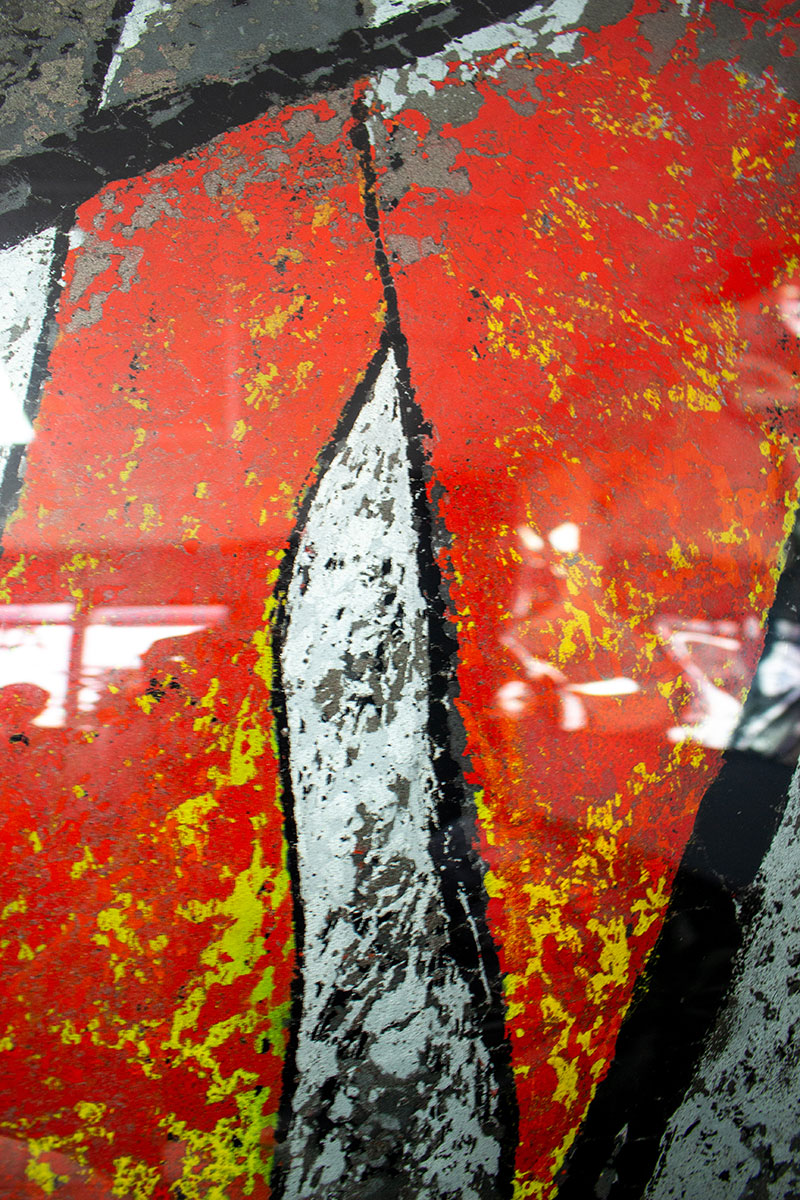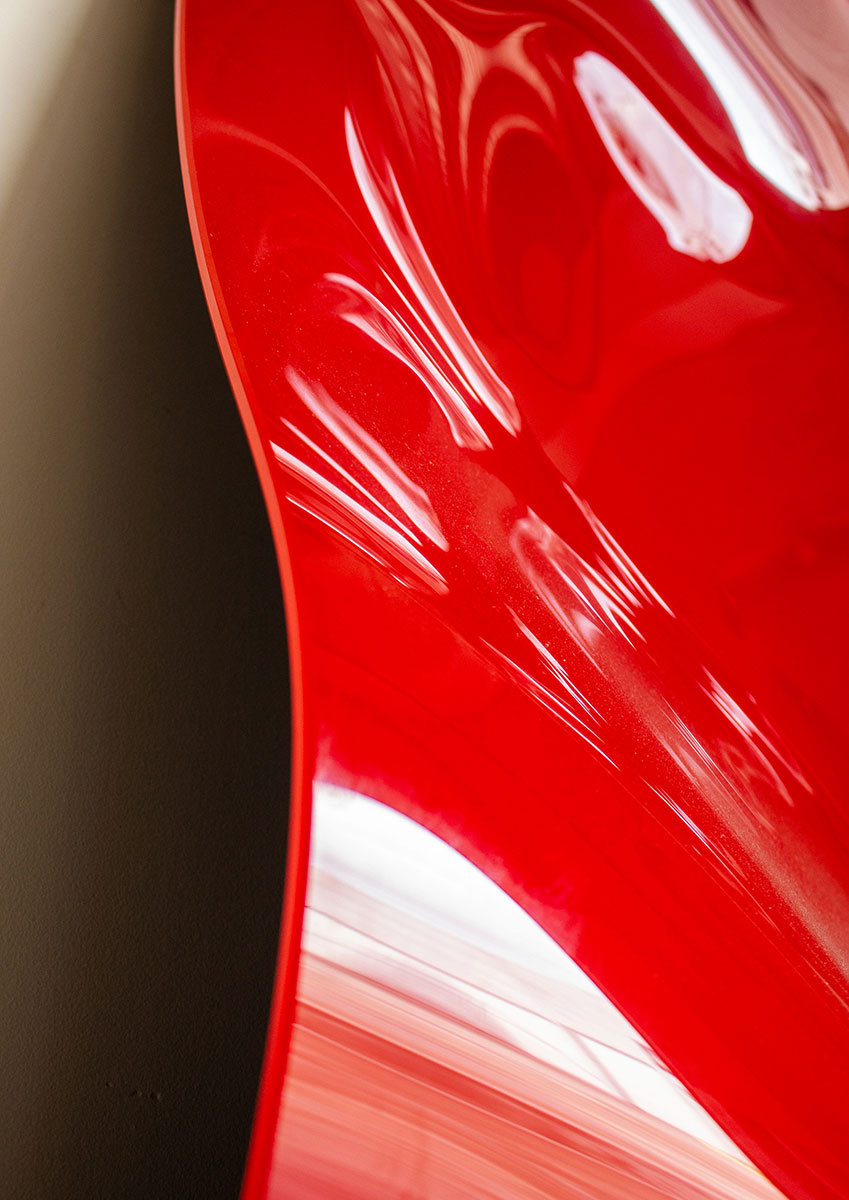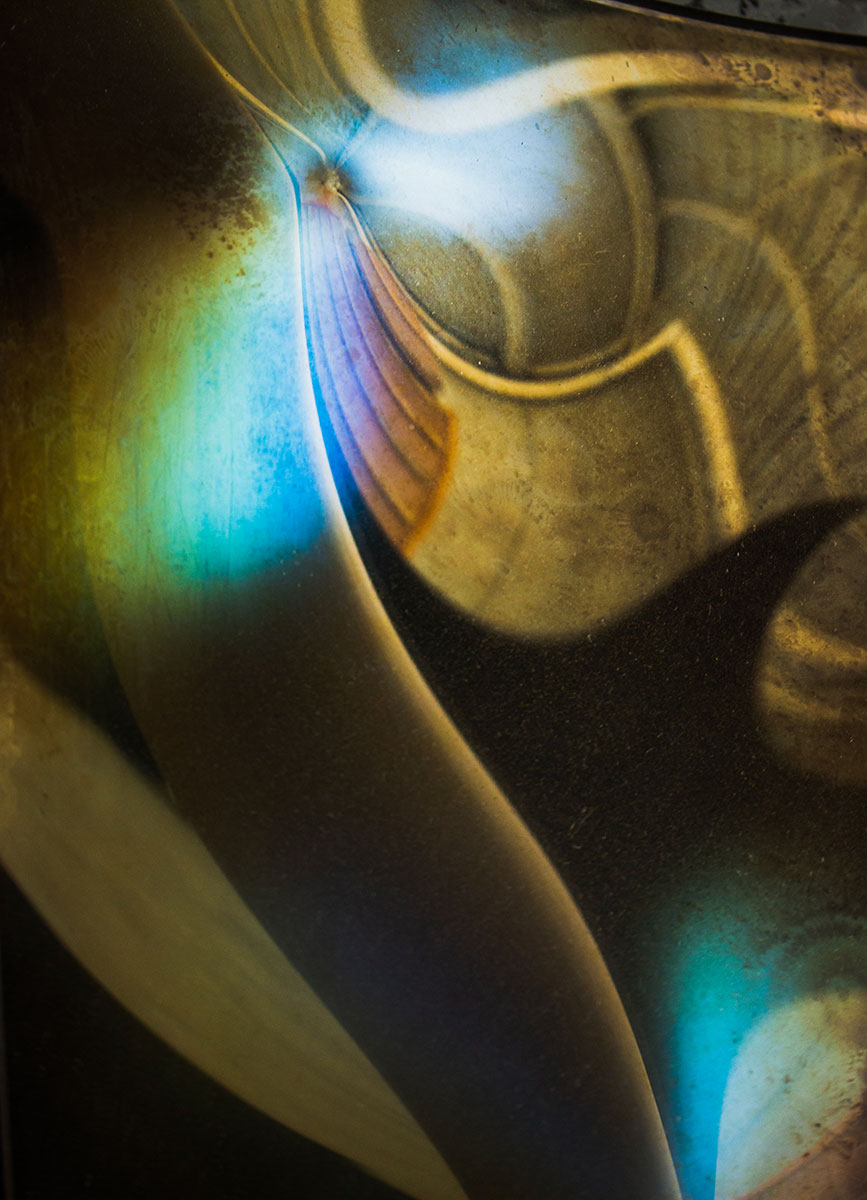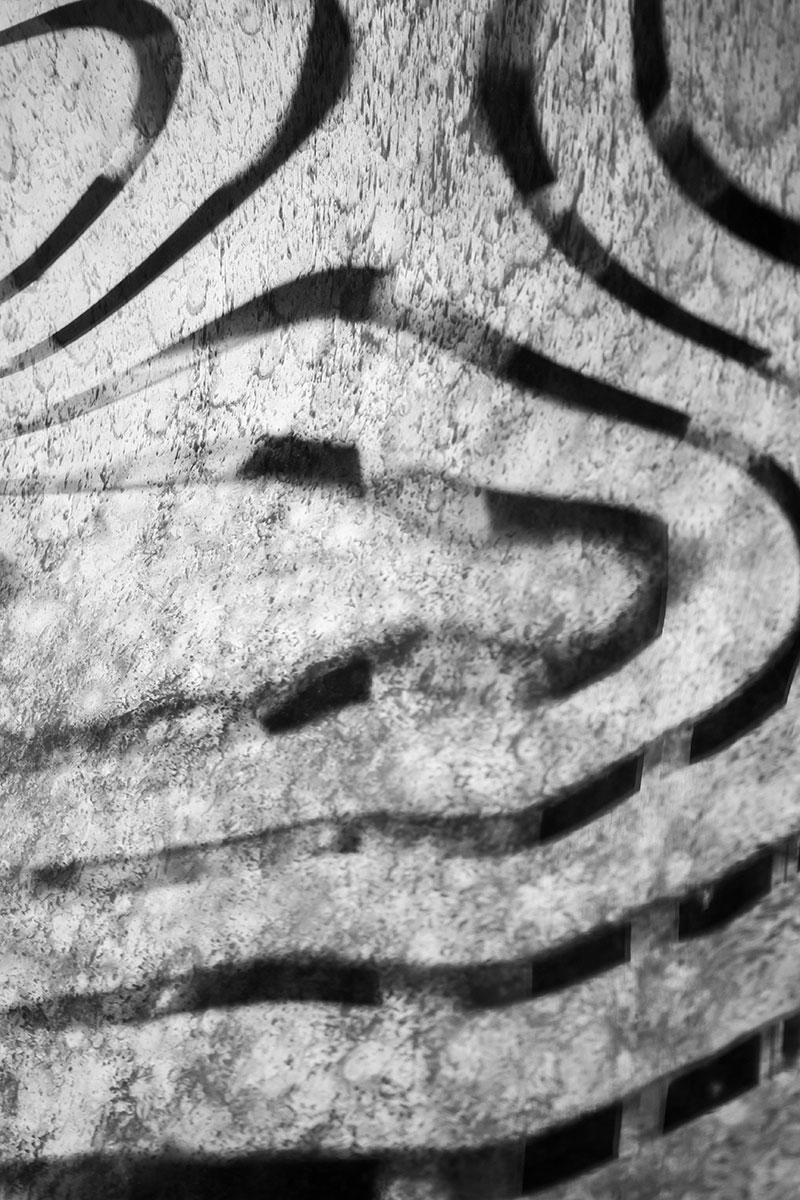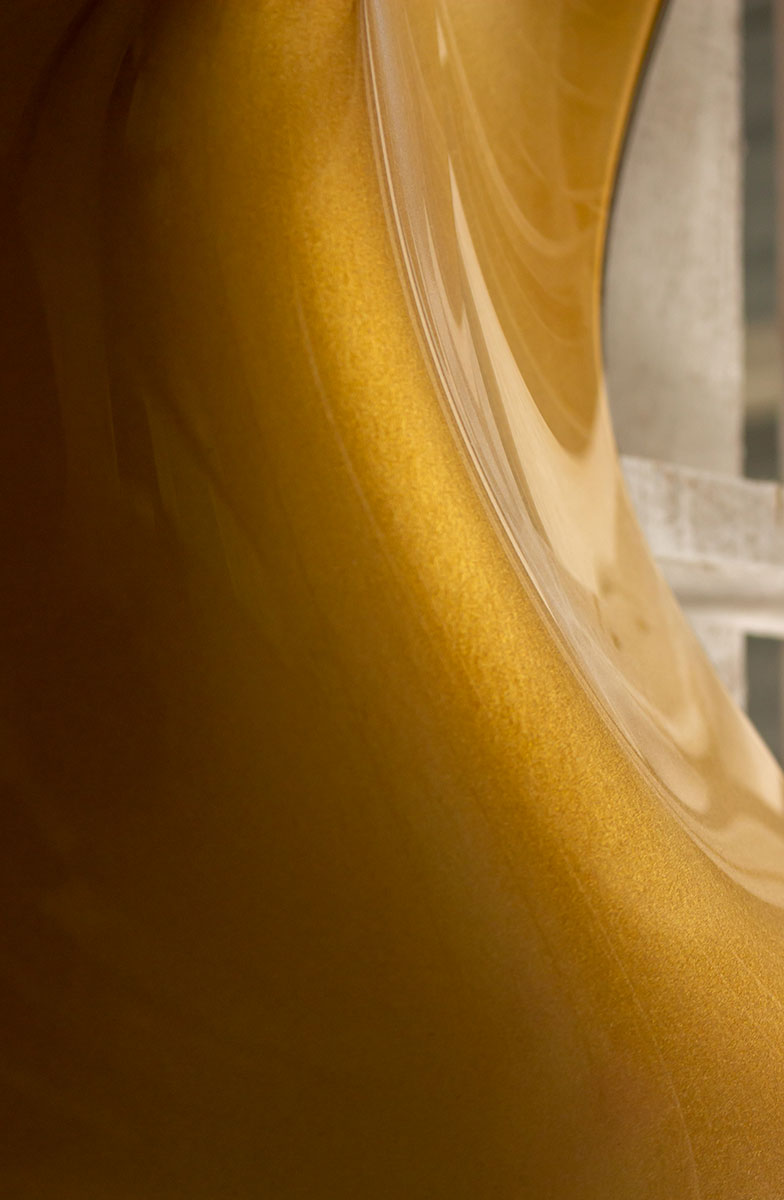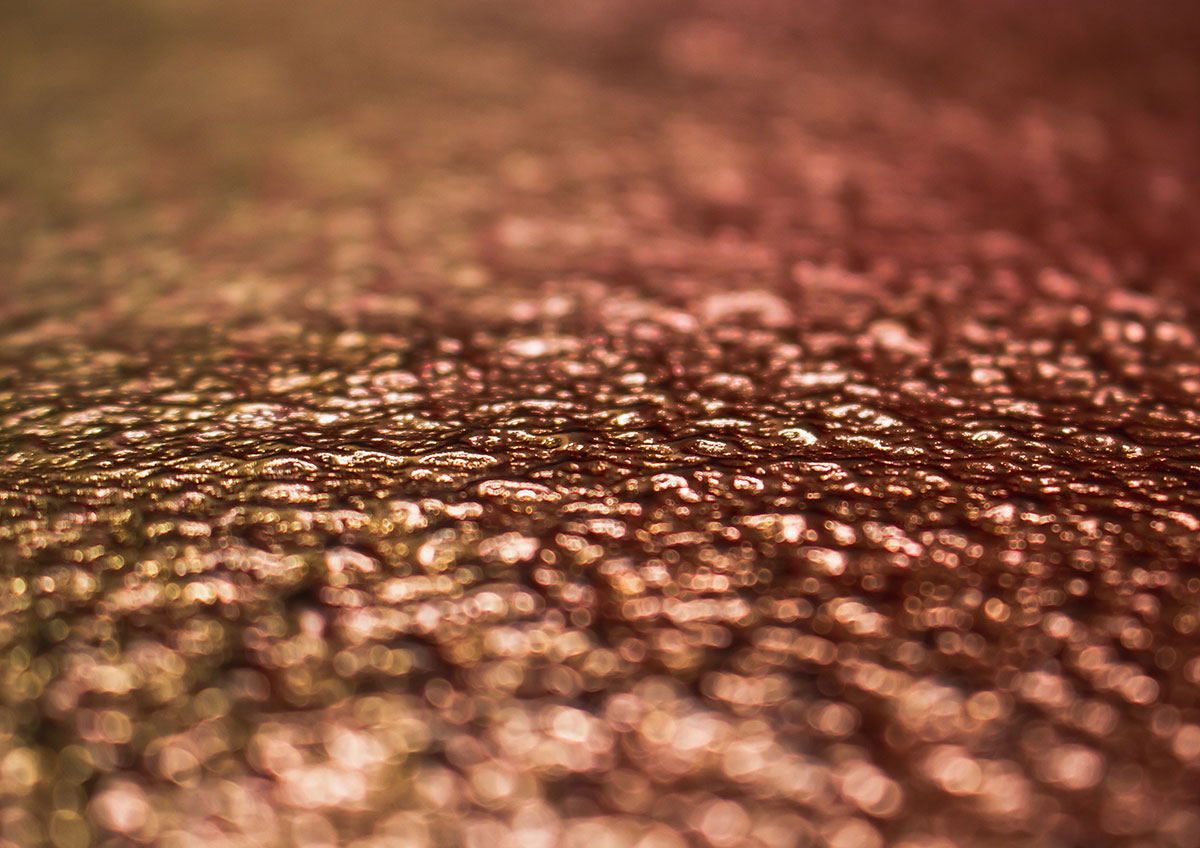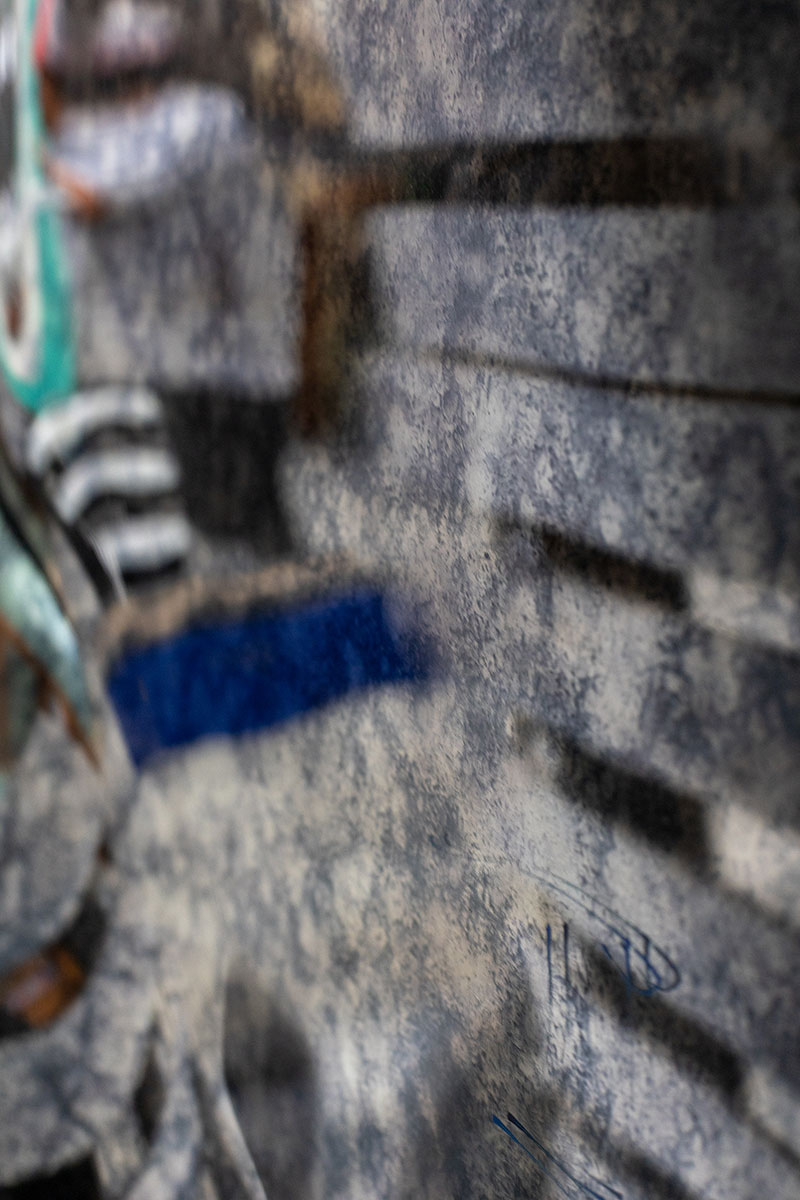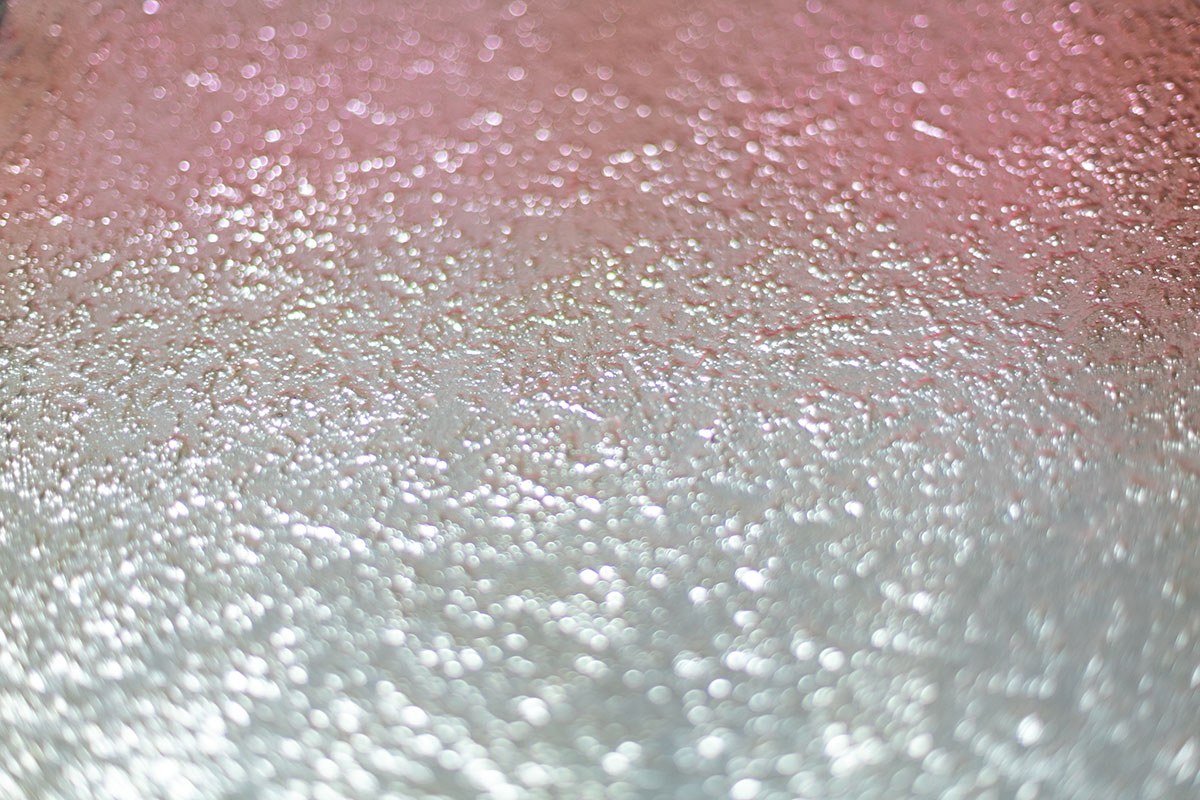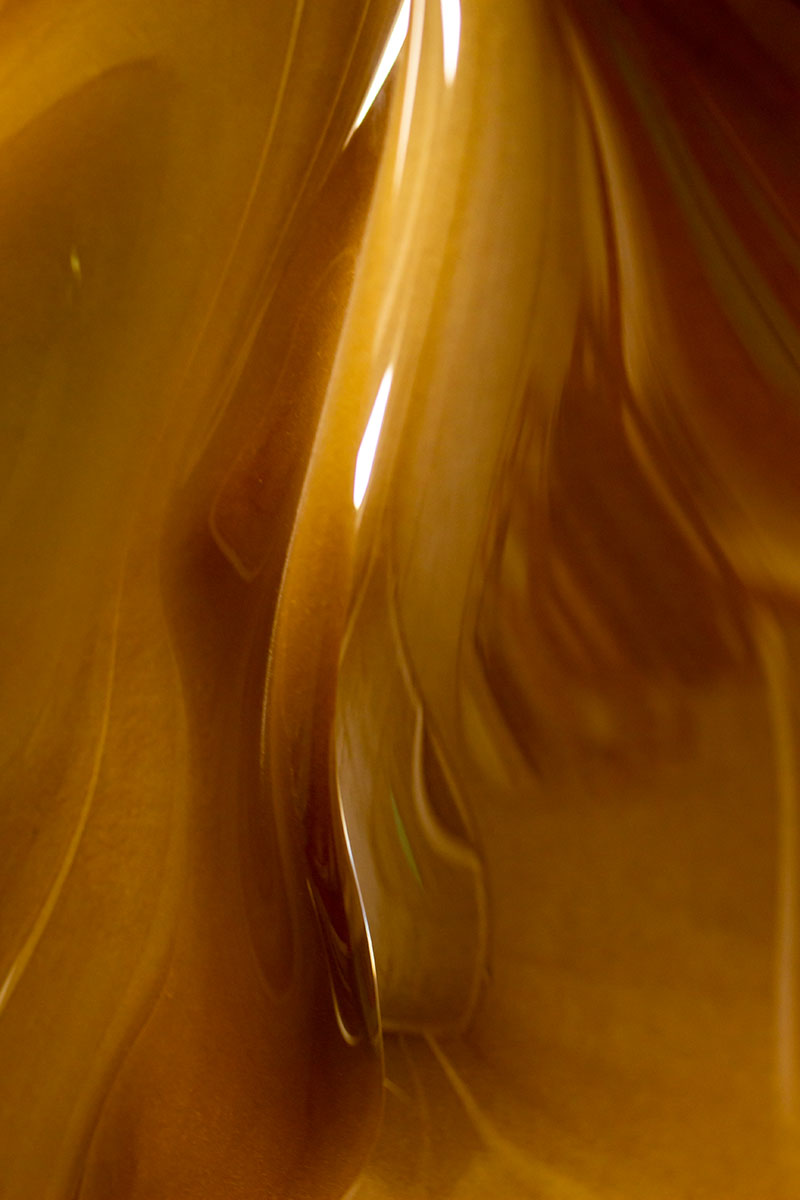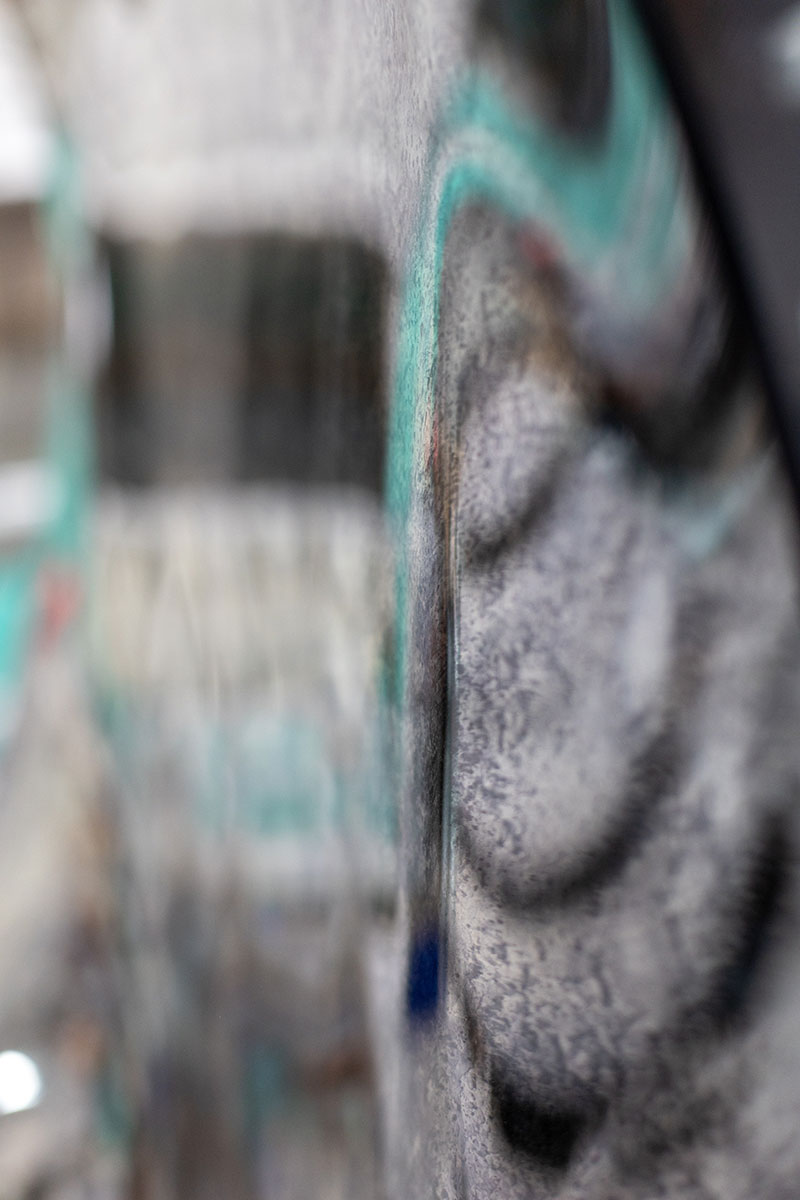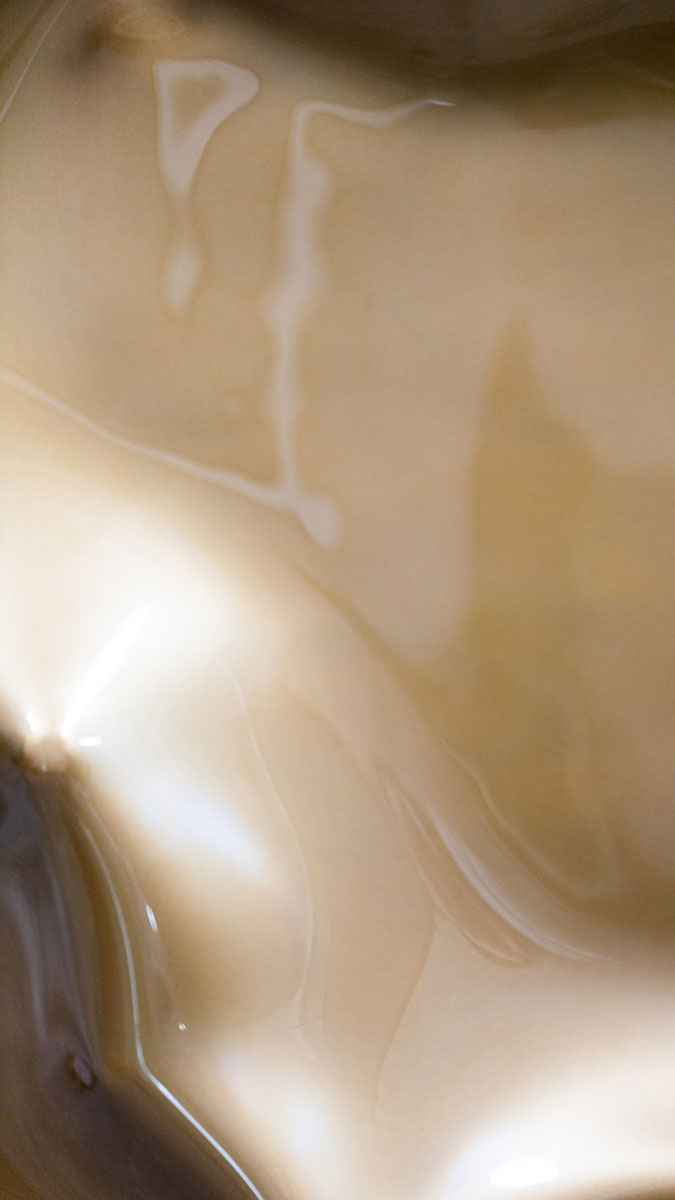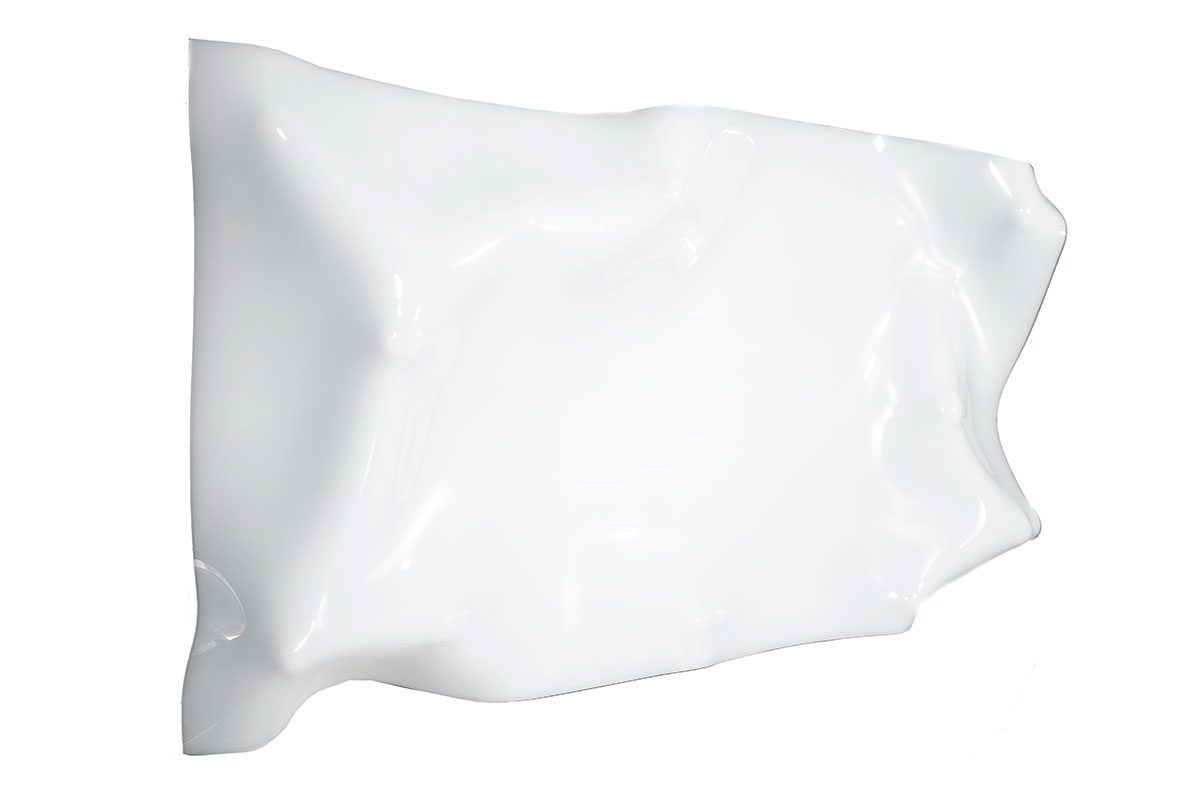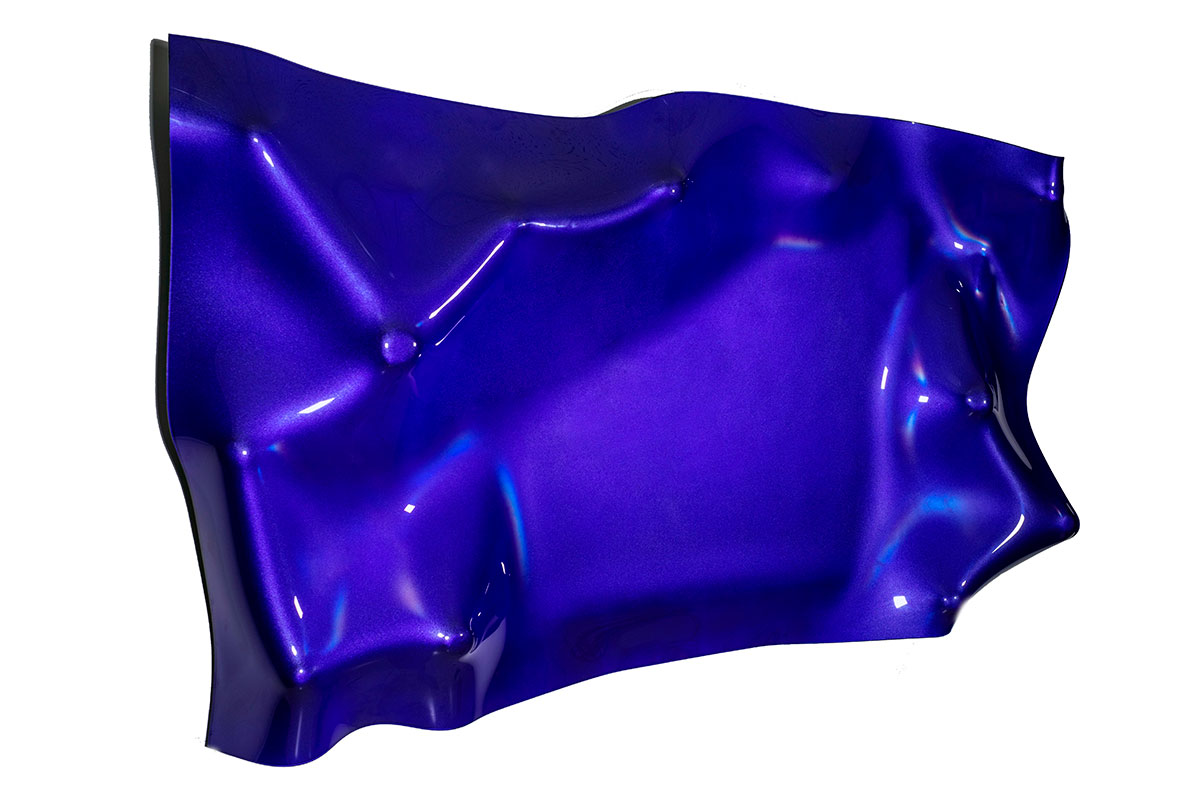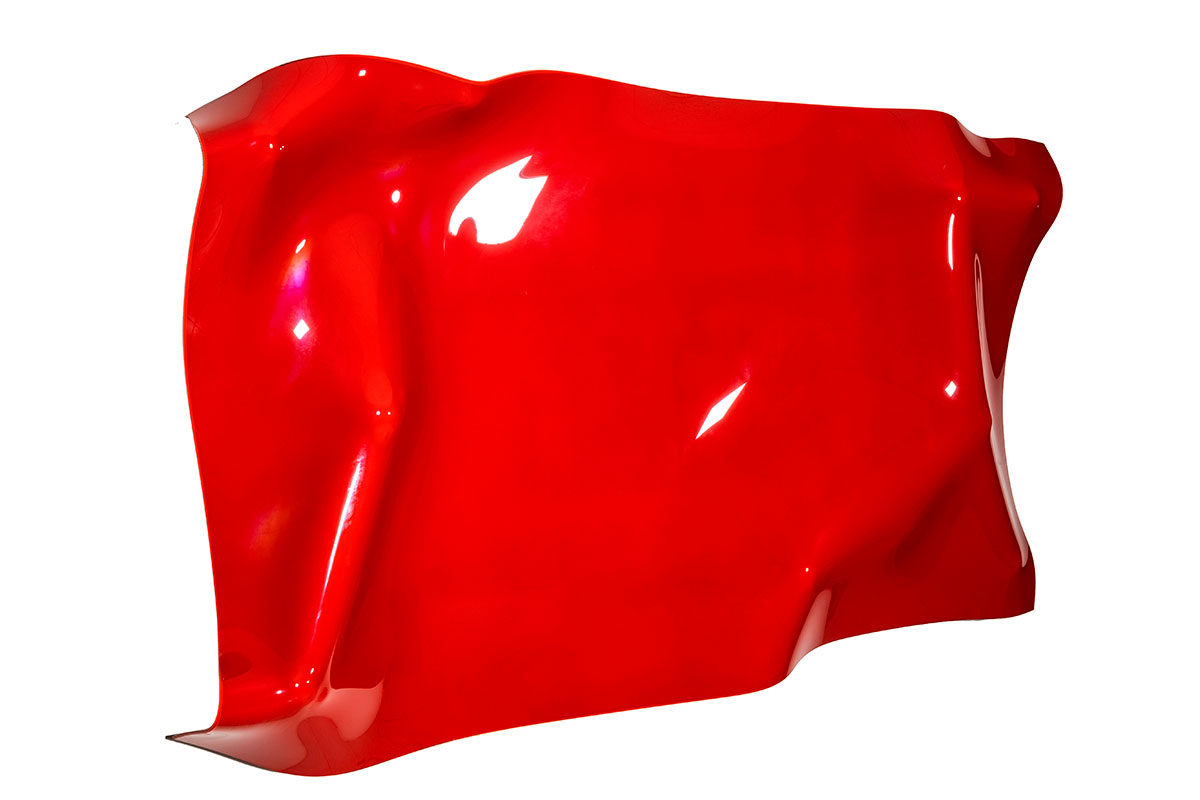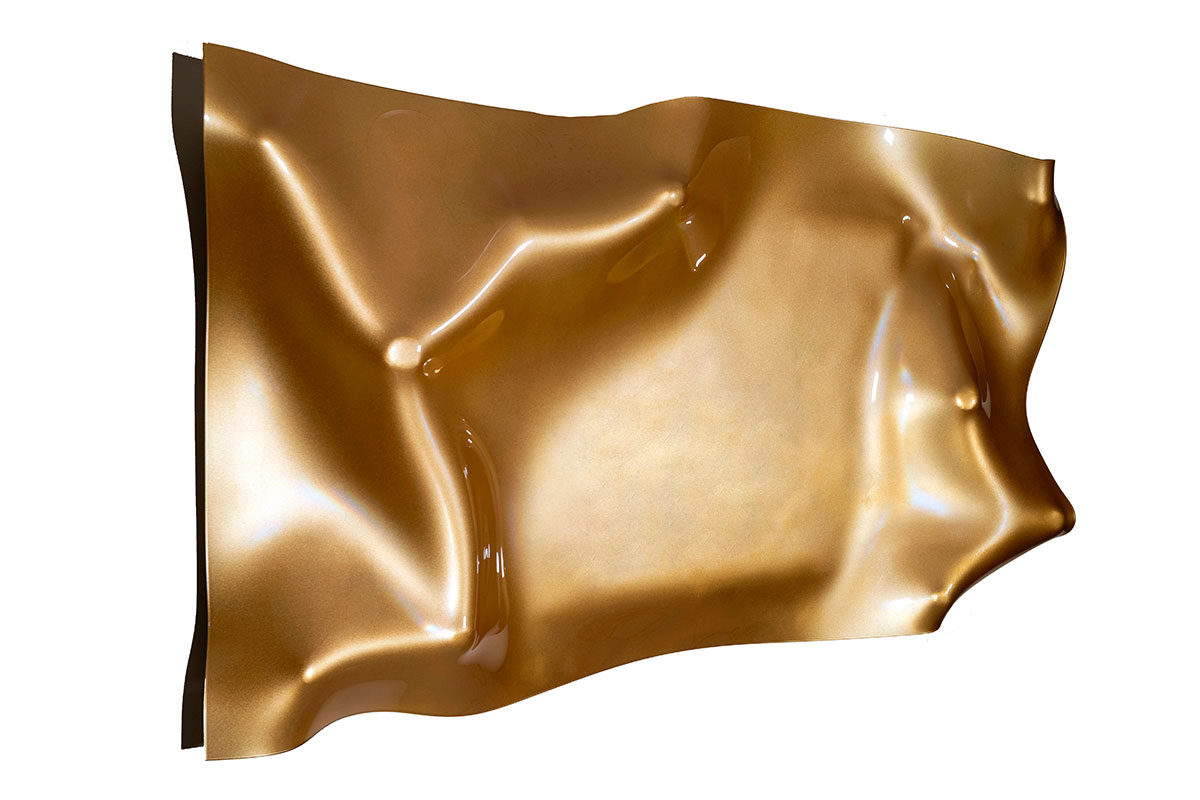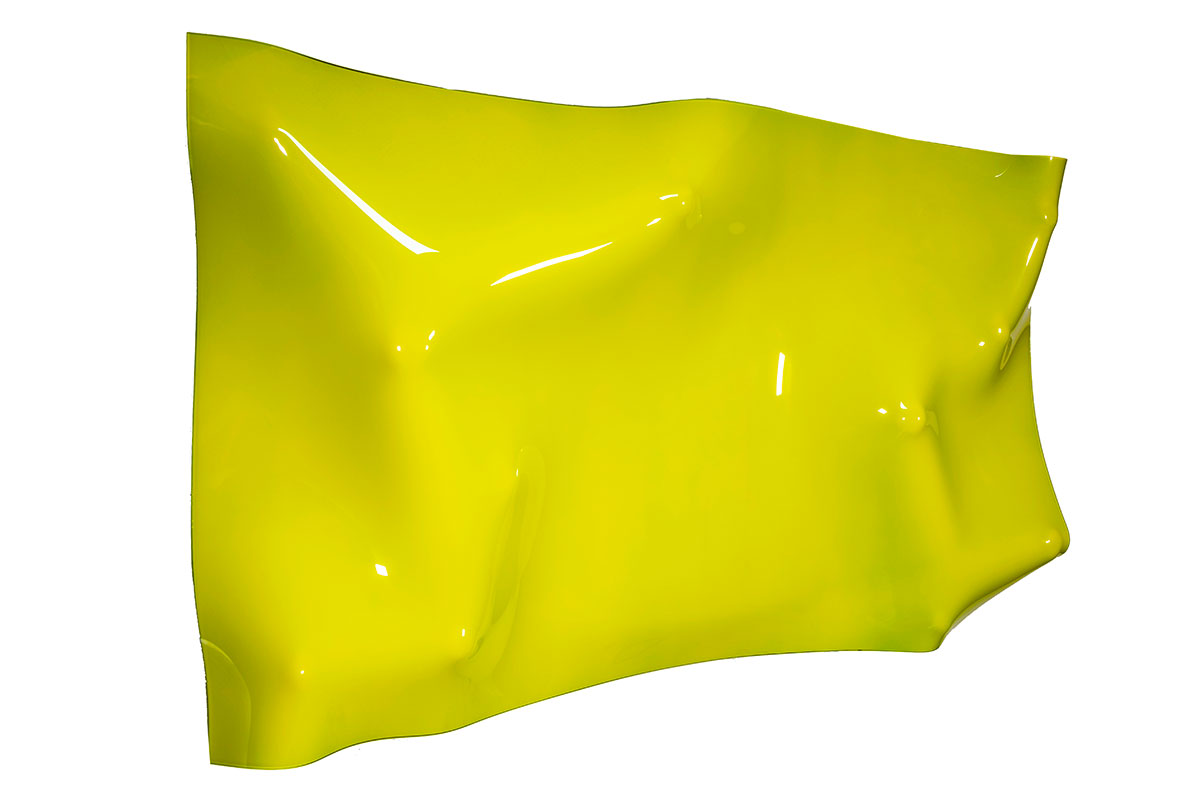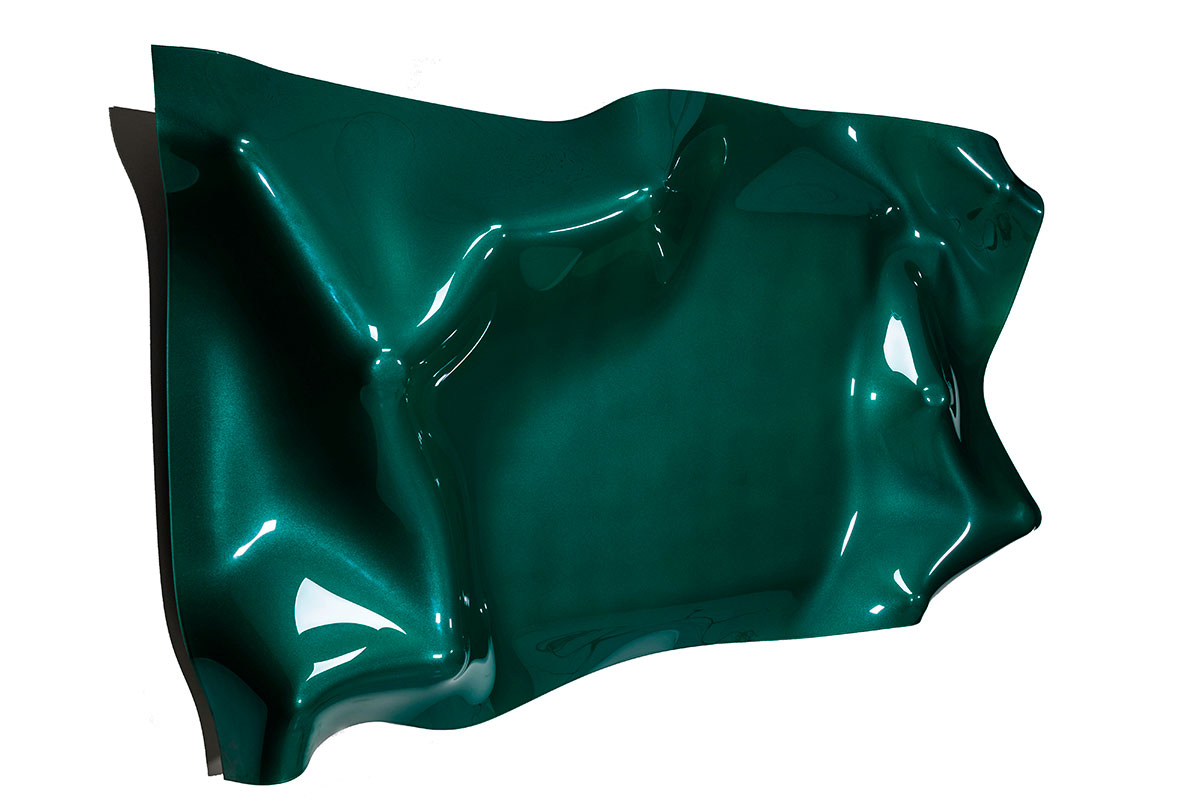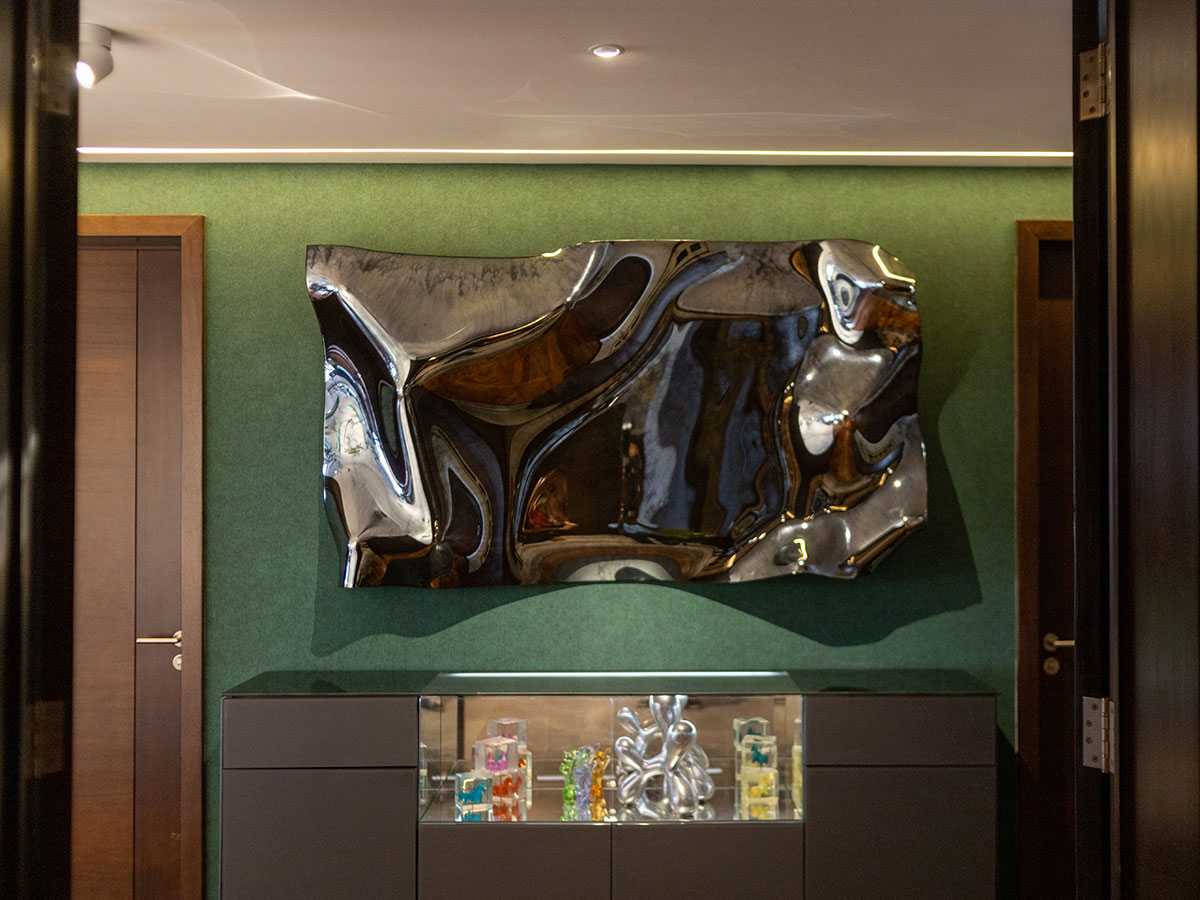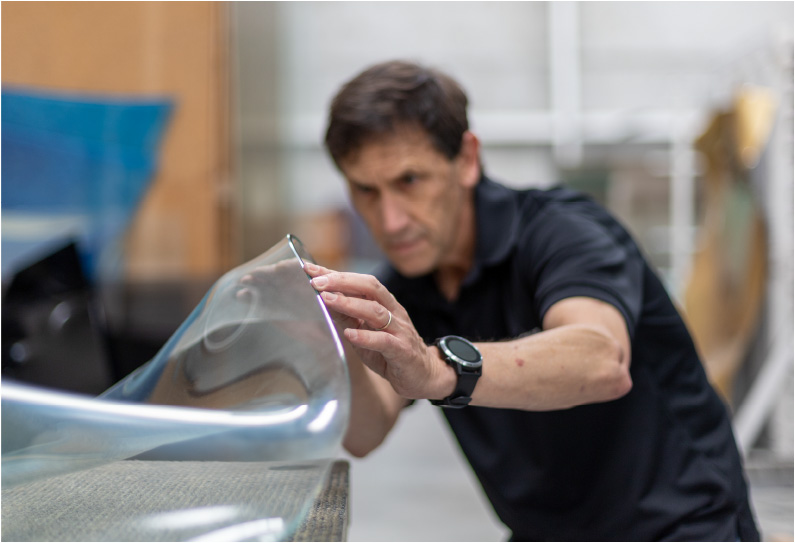
ARTURO DE LA RIVA
Born and raised in Guatemala, Arturo de la Riva graduated as an Architect from Universidad Rafael Landívar in 1986. In 1987, he migrated on to Vancouver, Canada where he was initially hired by the architect and urbanistic expert Dick Mann. Later on, he went to work as a Junior Architect and Industrial Designer for the firm Thompson, Berwick, Pratt Architects, taking charge of various residential, commercial, institutional, and recreational projects in Canada, Malaysia, and Singapore.
Arturo de la Riva
In 1990 his interest in artistic glasswork awoke, influenced by Markian Olynyk and Brian Baxter; also learning about glass ovens with Yves Trudeau and Robert Studer. He additionally developed techniques of glass laminate with Bert Glauner in Mexico. In 1994 he founded Capilano Estudio, offering techniques for glass engraving with a wide variety of textures, expressing his personal original ideas by means of abstract design.
This allowed him to develop his career in the local market, later extending his reach to the rest of Central America, Belize, the United States of America, and Canada.
In 2003, he founded Volitan Glass, an enterprise directed towards the development of techniques in molded smelted glass. In 2019 he cofounded Volgua, which opened its doors as a glass factory with a production plant that included machinery for the processing of glass, oriented both towards the residential and commercial markets.
Wild, flowing, easy, with a mind its own.
From a place of great significance…
not to be contained or controlled, but free.

OUR CONCEPT
For Arturo de la Riva, working with glass became an inevitable necessity three decades ago. His new collection entitled THE REFLECTION SERIES presents not only a play with words but also a philosophical reflection onto itself.
Our concept
From the philosophical/conceptual point of view, these pieces represent the artist’s own reflections, but also the infinite life experiences of each spectator: no moment is alike, no life is alike, just as no piece is alike nor does any of them remain forever being the same.
Aesthetically, his pieces play with the reflections provoked by its molded surfaces: glass and mirror which visually project dynamism and fluidity, thus implying whimsical and changing distortions of the images reflected on each one. These pieces end up creating themselves thanks to the artistic and technical work, adding to the natural patina that each one acquires in the initial process as well as throughout time.
ORIGINS
With an absence of certainty in what he was about to develop, Arturo de la Riva brought to life one of his most iconic and inspirational art pieces since he started working on glass over thirty years ago; a collection that would eventually be known as THE REFLECTION SERIES.
Spending long hours and many late nights interacting with no one other than his drawing board, Arturo finalized the perfect vision for his idea that had now been consuming his every waking moment. He was determined to pursue his concept until he made it a reality.
Origins
After only a few hours of restless sleep, he rushed to his workshop where there was no shortage of equipment to bring his vision to life. After finally being able to articulate and draw out his crazy idea to his team, they then spent the entire day preparing the basic components of the glass itself, preparing it for the most critical part of the process that would follow.
The very next morning, the glass was ready to be bent. By then, Arturo was certain of all the mixed temperatures, particle alterations, shape modifiers, and other fundamental variables needed for the glass to survive the process.
Days went by full of delicate bending and forming the piece, with different heating and cooling processes essential to manipulate the glass particles. A week later, Arturo was certain that the bending process had been successful and that the piece was as solid as he had pictured it when the idea first popped into his head.
With an emotional and nostalgic heart, after such a seemingly endless process, Arturo signed the corner of his very first mirror art piece. All there was left for him to do was to bring the piece to life by baptizing it with the perfect name.
Aesthetically, his pieces play with the reflections provoked by its molded surfaces: glass and mirror which visually project dynamism and fluidity, thus implying whimsical and changing distortions of the images reflected on each one. These pieces end up creating themselves thanks to the artistic and technical work, adding to the natural patina that each one acquires in the initial process as well as throughout time.
Arturo sat in solitude, absent of any distractions, and just stared into his art piece. Time went by until he snapped out of and realized he had been pondering over the many aspects of his life up until this moment, instead of thinking about a name for his new collection. His mind had completely entered into a meditative stare while staring into all the delicate curves and reflections of his art piece, similar to when one stares into a fire.
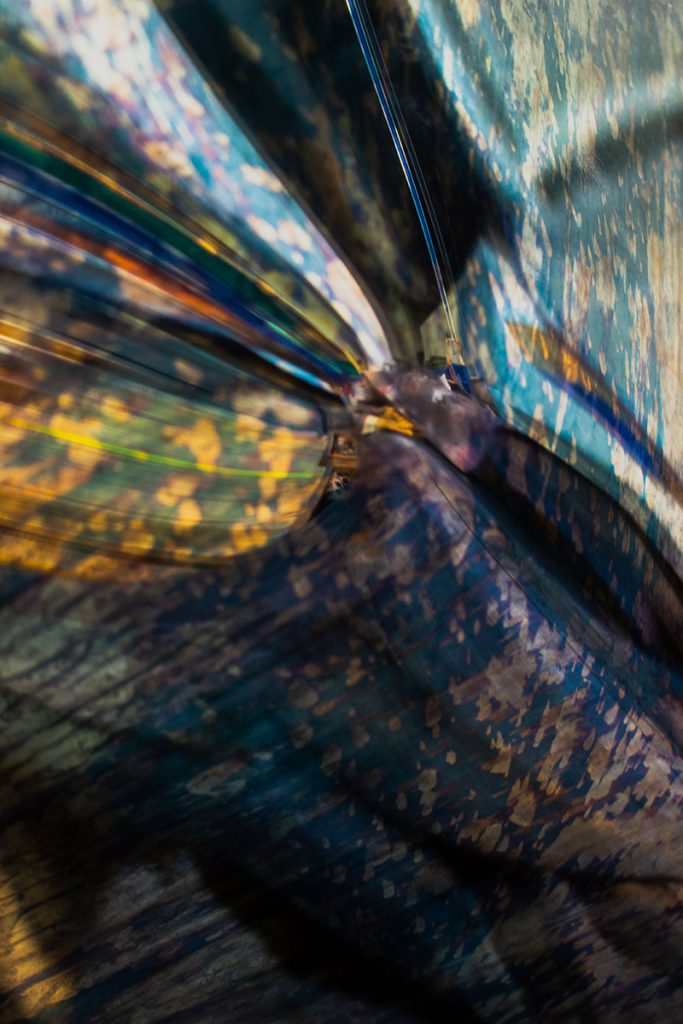

Through this experience THE REFLECTIONS SERIES was born.
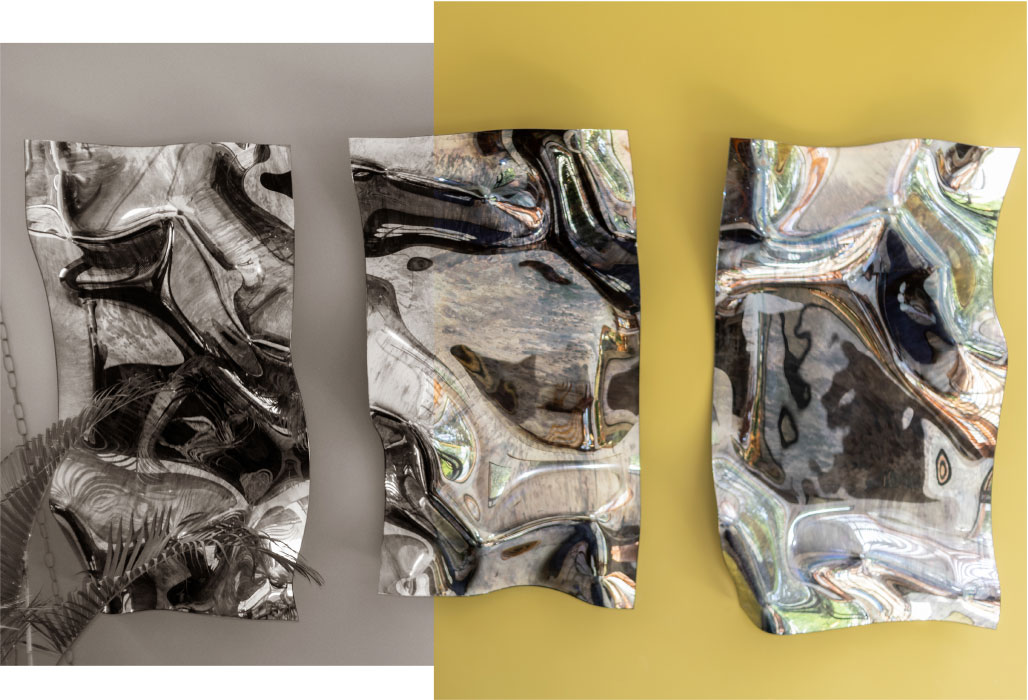
GALLERY
- COLORS
- HOMES
- TEXTURES
